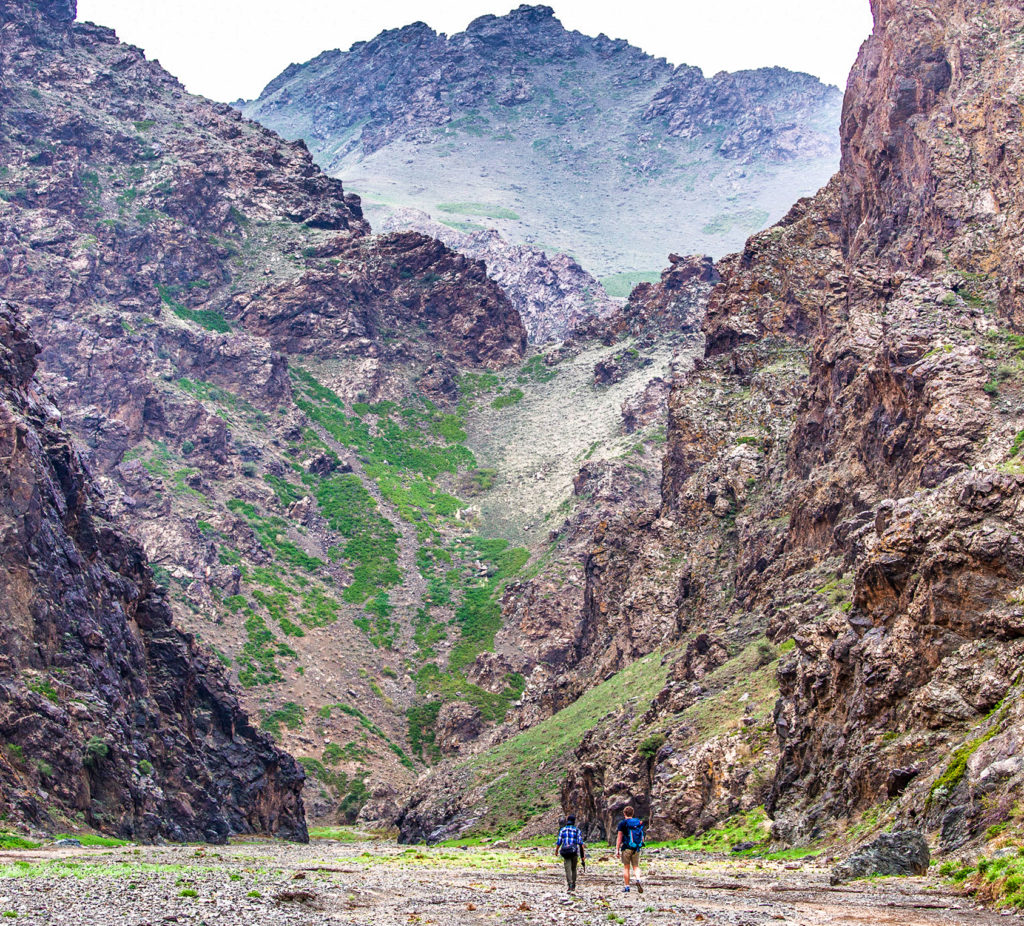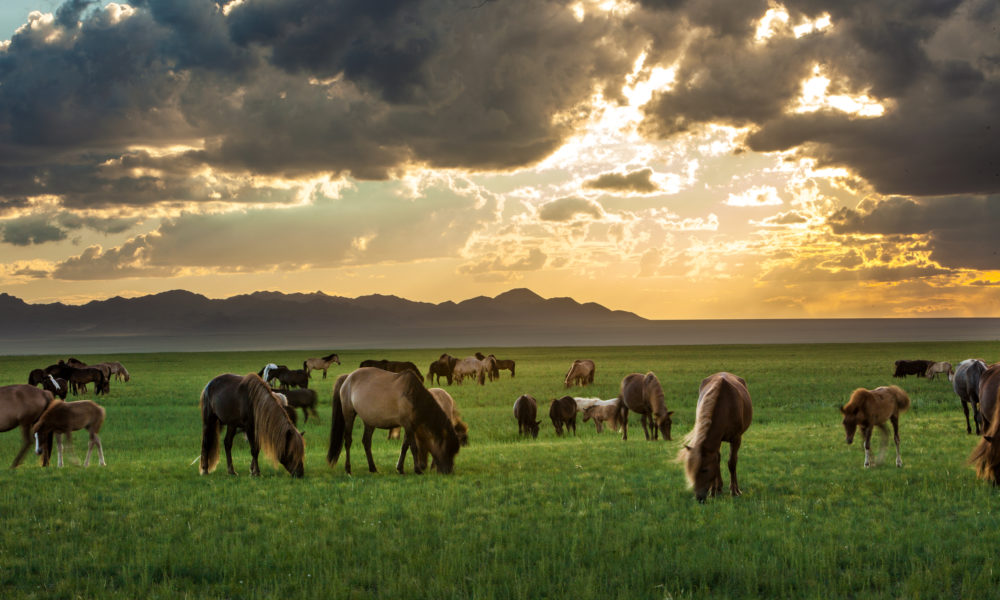For Mongolians, the concept of “environmental protection” is not merely a name for protecting nature from external influences, nor is it a name for seeking ways to rehabilitate nature after it has deteriorated. Instead it is the values of taking the necessary measures to adapt and protect nature wisely to prevent that potential degradation. It is a culture of respecting the earth, treating it with humanity, loving its animals and plants, and preserving its resources with high ecological ethics.
Our traditional values about the environment may be divided into three main categories: Religion, Compassion, and Conservation.
RELIGION
In Mongolia’s religious traditions, people believe there are spirits for everything behind the natural world—spirits of the mountains, birds, rivers, forests, etc.—and people’s improper words and actions will infuriate the spirits of nature. This tradition manifested in religious rituals such as worshiping the spirits, praying, reciting the scriptures, mantras, shamanism, and divination.
The oral tradition of imparting values through stories generated respect for the laws of nature—teaching individuals to love and respect nature—and persuading people to follow the rules and laws made to protect the environment. It was believed that bad things would happen to people if they did things forbidden to nature, and these tales served to deliver those essential moral messages. You will find these traditional values alive to this day in Mongolia’s rich folklore, folk games, fairy tales, songs and legends.
COMPASSION
The tradition of compassion taught people how to love and protect the land, mountains, water, forests, wildlife, and plants, and how to use them very sparingly in accordance with the needs of their lives. Of all the rituals performed in the tradition of compassion for nature, the most revered and important ritual is the mountain worship ceremony.
The Xiongnu, a tribal confederation of nomadic peoples who inhabited the eastern Eurasian Steppe 2,200 years ago, famously worshiped Mount Otgontenger in the Khangai Mountains of Mongolia, and performed many summer and autumn rituals for it.
These ceremonies of compassion are held over a wide beautiful area with abundant forests and flora and fauna. The worship of the mountain means that the place is protected. Hunting animals, cutting down trees, and picking nuts and fruits are thereby prohibited in worshipped mountains.
CONSERVATION
There is also a tradition of nature conservation by creating rules that prevent harm to the environment. The ancient Mongols were a people who embodied their tradition of loving nature. The first known laws to safeguard the environment we inherited were Genghis Khan’s, who mandated the preservation of nature through rational use of land, water, and pasture. This tradition has successfully protected expanses of Mongolia, vast undisturbed natural habitats that support many wild species—here for people to explore, unchanged since the days of the great khans.


